Laser cutting, a revolutionary technology, has transformed how we shape and fabricate materials. But within this realm lies a critical crossroads: 2D versus 3D laser cutting. According to Grand View Research, the global 2D laser cutting market was valued at USD 15.2 billion in 2022, and the 3D market is still at the early age of adoption.
So, choosing the right path between these two can be daunting, impacting everything from affordability to production efficiency. This article delves deep into the heart of this technological duel, dissecting the core differences between 2D and 3D laser cutting and empowering you to make informed decisions and conquer your next laser-cutting challenge in the easiest way possible.
What is 2D Laser Cutting?
2D laser cutting mainly focuses on creating two-dimensional shapes and patterns on flat sheet materials. A 2D laser cutting involves a high-powered fiber laser that meticulously traces a pre-programmed design onto a sheet of metal, wood, acrylic, or any other suitable material.
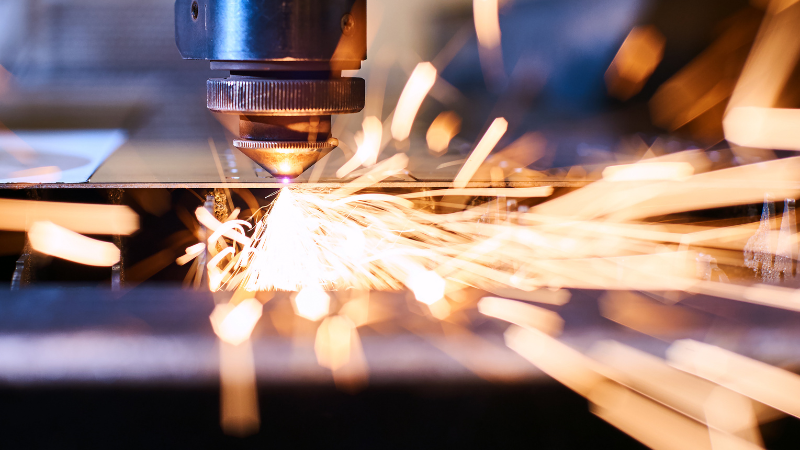
The intense heat generated by the laser vaporizes the material along the cutting path, resulting in a clean and precise edge as required. It’s a subtractive layered engraving technology where a computer-controlled fiber laser power melts a narrow path along a predefined 2D design.
Compared to traditional cutting methods, 2D laser cutting reduces the physical stress on the workpiece and maintains material confinement. These characteristics have made 2D laser cutting an extremely popular technique in manufacturing and crafts fabrication.
What is 3D Laser Cutting?
3D laser cutting technology transcends the limitations of a flat surface. This process involves deep engraving and sculpting intricate three-dimensional objects directly from a block of material, creating the magic that is 3D laser cutting.
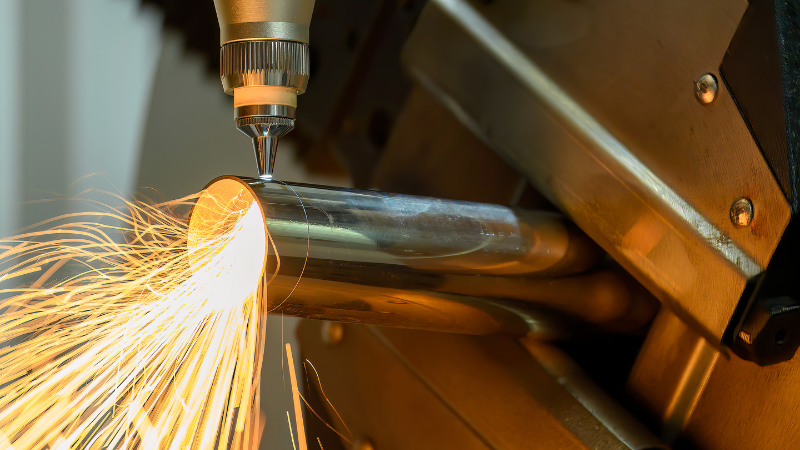
3D laser cutting systems are often equipped with flexible laser heads that can operate in multiple directions and angles. By manipulating the beam along multiple axes and employing specialized software, 3D laser cutting machines can carve complex shapes, curved surfaces, intricate details, and even functioning mechanisms out of various materials.
Do You Have Any Questions?
Let Us Solve Your Problem
Pros and Cons of 2D Laser Cutting
It’s important to understand the limitations and scope of laser cutters before you choose one. The pros and cons of a 2D laser cutting machine are given as follows.
Pros of 2D Laser Cutting Machine
There are many advantages of using a 2D laser cutting machine. Some of them are given below.
1. Simplicity and Affordability: 2D laser cutting machines are generally less complex and more affordable than their 3D counterparts, making them ideal for small workshops.
2. High Precision and Accuracy: 2D laser cutting can achieve exact and accurate cuts with minimal distortion, which is ideal for applications requiring tight tolerances.
3. Faster Speeds: Due to the simpler mechanics, they often boast faster cutting speeds compared to 3D machines.
4. Wider Material Compatibility: 2D laser cutting can handle a broader range of materials, including thin metals, wood, acrylic, and even textiles.
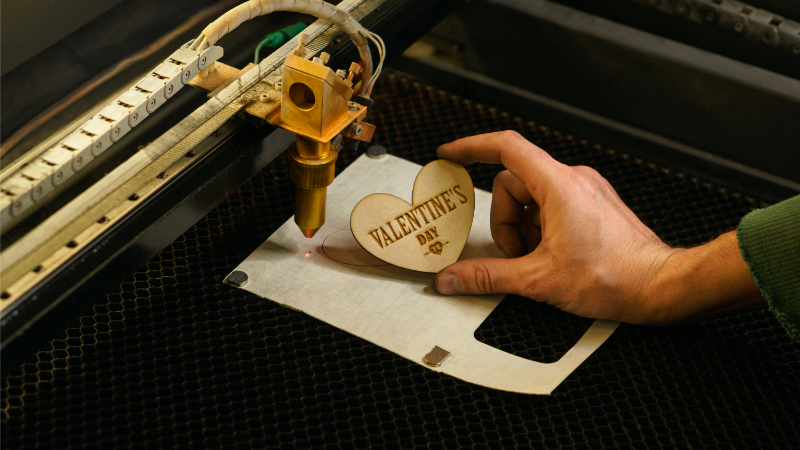
Cons of 2D Laser Cutting Machine
There are some drawbacks to using a 2D laser cutter. However, the advantages are proven to outweigh the drawbacks. Some of the disadvantages of using a 2D laser cutting machine are given as follows.
1. Limited to 2D Shapes: 2D laser cutting cannot create true three-dimensional objects, which eventually restricts its design possibilities.
2. Requires Flat Materials: The cutting process is limited to flat sheet materials, precluding the use of pre-formed or irregular shapes and the complex rotary system.
3. Limited Depth of Cut: The beam typically penetrates to a shallower depth compared to 3D cutting, limiting the thickness of materials that can be effectively processed.
Pros and Cons of 3D Laser Cutting
3D laser is a rapidly growing technology that offers a unique combination of precision, speed, and versatility. Some of the pros and cons of a 3D laser cutting machine are discussed as follows for your better understanding.
Pros of a 3D Laser Cutting Machine
Some of the major advantages of using a 3D laser cutting machine are given below.
1. Versatility and Creativity: 3D laser cutting opens doors to a world of possibilities, allowing for the creation of complex three-dimensional objects with details and functionalities which is impossible with traditional methods.
2. A Wider Range of Applications: From architectural models to logo-making, these machines have applications in various industries.
3. Increased Design Freedom: Unlike any other fiber laser marking machine, 3D technology allows for the use of pre-formed materials and the creation of objects with internal features and cavities.
4. High Level of Automation: Advanced 3D laser machines often offer high levels of laser power and automation, reducing manual intervention and improving production efficiency.
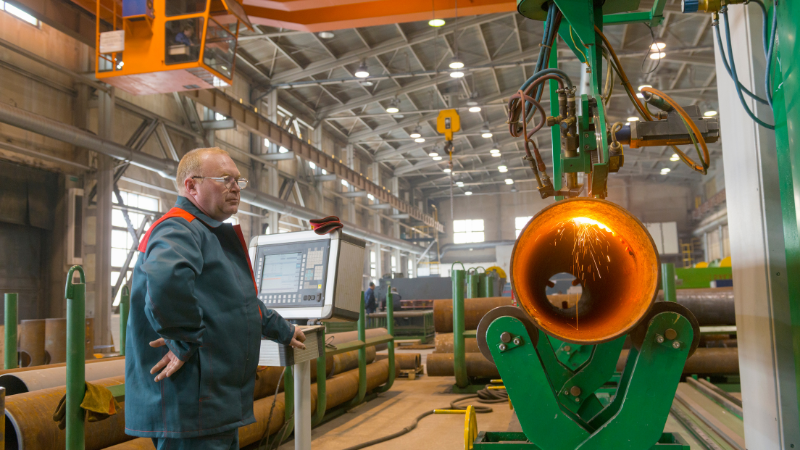
Cons of 3D Laser Cutting Machine
However, like any other technology, a 3D laser-cutting machine also has its limitations. Here is a breakdown of the disadvantages of 3D laser technology:
1. Higher Cost and Complexity: 3D laser machines are generally more expensive and complex than 2D machines, requiring specialized training and expertise for operation.
2. Slower Cutting Speeds: The increased complexity of 3D cutting often translates to slower cutting speeds compared to 2D machines.
3. Limited Material Compatibility: While the range is expanding, 3D laser cutting may not be suitable for all materials, particularly those with reflective surfaces or high melting points.
Do You Have Any Questions?
Let Us Solve Your Problem
4 Common Machines for 3D Laser Cutting
Common machines used specifically for 3D laser cutting include:
1. Gantry Style 3D Laser Cutters
These machines have a fixed laser head and a movable table. The laser head can move along the X, Y, and Z axes, allowing for three-dimensional cutting. They are well-suited for large and flat materials.
2. Robotic 3D Laser Cutting Systems
These systems use industrial robots equipped with laser cutting heads. They offer high flexibility and can reach complex angles and areas, making them ideal for cutting intricate 3D shapes and contours.
3. 5-Axis Laser Cutting Machines
5-axis laser machines can move the laser cutting head along five different axes simultaneously. This capability allows for precise cutting of complex geometries and is particularly useful for automotive and aerospace applications.
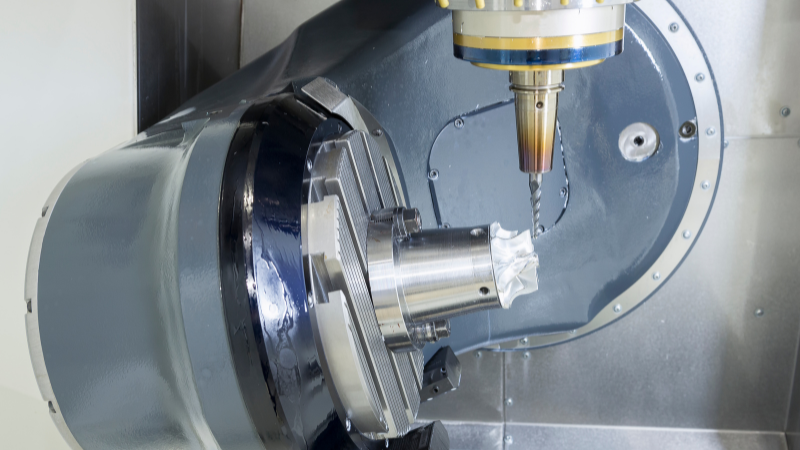
4. Tube and Pipe Laser Cutters
Laser tube cutters are specialized for cutting cylindrical or tubular materials. They can perform complex cuts, including angled cuts and contoured cuts, on pipes and tubes.
Common Equipment for 3D Laser Cutting
Many pieces of equipment make the laser cutter. The common equipment for 3D laser cutters is given as follows.
1. Laser Generator
The laser generator is the heart of the 3D laser system and generates the high-powered beam that is known to melt down the subject material.
Different types of lasers exist, each suited for specific materials and applications. Common types include:
a) CO2 Laser
CO2 lasers are versatile and powerful, suitable for cutting a wide range of materials like metals, plastics, and wood.
b) Fiber Laser
Fiber lasers are more efficient and compact than CO2 lasers. These lasers are ideal for cutting materials like thin metals and highly reflective materials.

Here is a comparison of carbon dioxide lasers and fiber lasers.
c) YAG Laser
These lasers offer high pulse energy. YAG lasers are suitable for precise micromachining and drilling applications.
We have also prepared an article on the comparison of the YAG laser and fiber laser for understanding.
2. Focusing Optics
Focusing objects of a 3D laser include a series of lenses and mirrors that precisely focus the beam onto the desired cutting area and proper adjustment of the focal length. The quality of the optics significantly impacts the accuracy and precision of the cuts.
3. CNC Control System
The brain of the machine controls the movement of the laser head and other components according to the programmed cutting path. Advanced CNC systems offer features like automatic tool change, optimizing material usage, and process monitoring.
4. Cutting Head
The cutting head of a 3D laser cutting machine consists of the focusing optics and nozzles that deliver the laser beam to the material. Different types of cutting heads exist for various materials and cutting depths.
5. Material Handling System
The material handling system typically consists of a bed or table that holds the material layer being cut and a mechanism for moving it under the laser head. Some systems also include automated loading and unloading features.
6. Software
Specialized 3D modeling and laser cutting software are used to design and program the cutting paths.
Specific Comparison of 2D Laser Cutting and 3D Laser Cutting
Both 2D and 3D laser cutting utilize focused laser beams to cut materials, but they differ significantly in their capabilities and applications. Some of the specific comparisons of 2D and 3D laser cutters are given below.
| Capability | 2D Laser Cutting | 3D Laser Cutting |
|---|---|---|
| Cutting Dimensionality | Cuts flat sheets in X and Y axes only. | Cuts 3D shapes and complex geometries. |
| Material Thickness | Handles thin to medium-thickness materials, typically under 20mm. | Can handle thicker materials and a wider range of thicknesses. |
| Applications | Ideal for sheet metal fabrication, automotive parts, gaskets, etc. | Used for prototyping, product design, jewelry making, medical implants, etc. |
| Complexity | Relatively simpler process with straightforward path planning. | More complex processes require advanced software and precise motion control. |
| Cost | Generally less expensive than 3D laser cutting machines. | More expensive due to advanced technology and increased capabilities. |
Do You Have Any Questions?
Let Us Solve Your Problem
2D vs. 3D Laser Cutting: Cost Comparison
Choosing between 2D and 3D laser cutting involves analyzing their advantages and comparing their costs. While 2D laser system is supreme in affordability, 3D demands a higher initial and operational investment.
1. Initial Investment
- Machine Costs: 2D laser cutters fall within the $5,000-$10,000 price range, while 3D machines can cost you up to $20,000 due to their complex 5-axis motion systems and software.
- Setup and Installation: 3D systems often require specialized technicians and calibration, adding installation costs, while 2D laser systems are quite straightforward.
2. Operational Costs
- Running Costs: Higher power and slower cutting speeds of 3D lead to increased electricity consumption compared to the 2D ones.
- Maintenance and Repair: Complex 3D machines are prone to more breakdowns, requiring trained and experienced technicians, which leads to a higher maintenance cost when compared to a 2D laser cutter.
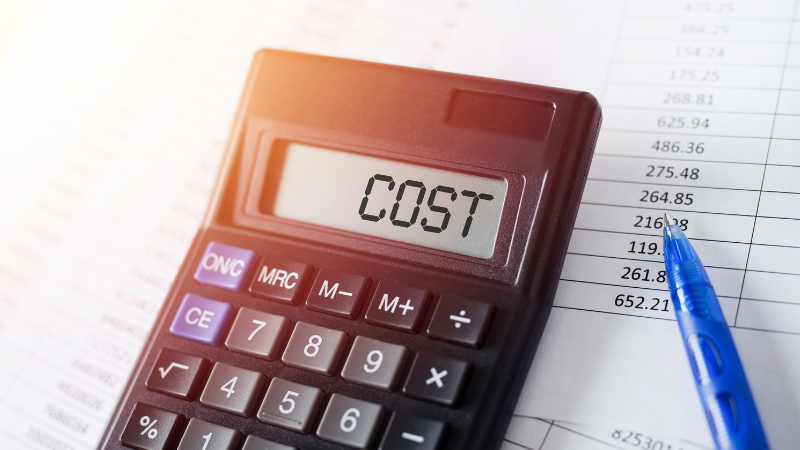
3. Other Costs
However, the cost-effectiveness of a laser-cutting machine is not always defined by the price tag:
- Production Volume: High volume production of complex 3D parts might justify the 3D investment’s long-term benefits.
- Material Requirements: If the project demands materials only cuttable by 3D, its higher cost becomes inevitable.
Ultimately, the cost-effective choice depends on your specific needs. You will need to evaluate the required production volume, material demands, and design complexity and compare the potential benefits of each technology against their respective cost factors. Analyzing these aspects will help you make an informed decision about the most cost-effective laser solution.
Range of 2D Laser Cutting Applications
2D laser cutters are used for many applications. Some different ranges of 2D laser cutting applications are given below:
Industrial Applications
- Metal fabrication: A 2D laser system is used for cutting sheet metal for automotive parts, machinery components, electronics enclosures, and signage.
- Aerospace and defense: They are also used in the precision cutting of materials for aircraft components and lightweight structures.
- Packaging and labeling: To create custom packaging designs, labels, and tags for various products, a 2D laser system is used.
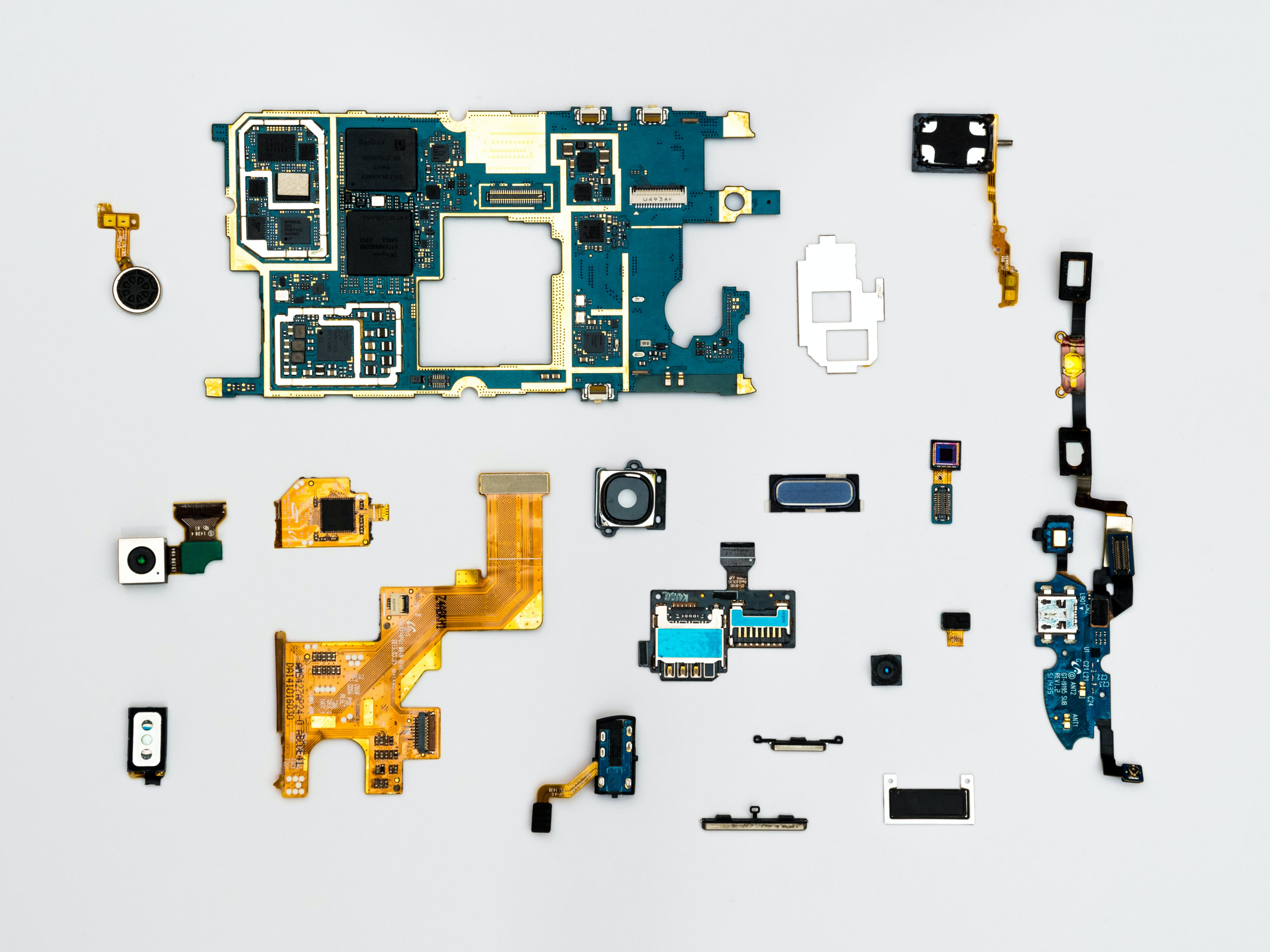
Construction and Architecture
- Cutting decorative metal panels: 2D laser cutting is widely used in Architectural facades, cladding, and interior design elements.
- Furniture and cabinetry: These lasers are also used in cutting furniture components and decorative elements.
- Interior design: 2D laser cutters are used in creating custom decorative panels, wall art, and lighting fixtures.
Range of 3D Laser Cutting Applications
There is a wide range of applications for 3D laser cutters. Here are some examples of applications where 3D laser cutting machines are involved:
Prototyping and Product Development
- Rapid prototyping of 3D models: 3D laser cutters quickly create physical prototypes for design iteration and testing.
- Direct manufacturing of functional parts: 3D laser cutters are famous for producing low-volume production parts directly from 3D models.
- Medical prototyping: They are used to create anatomical models for surgical planning and medical device development.

Industrial Applications
- Automotive Industries: 3D laser cutters are used for customizing automotive interior and exterior parts. Thus, they Enhance vehicle functionality.
- Medical and Dental Applications: 3D laser cutters are used for shaping delicate surgical instruments, and biocompatible components.
- Robotics: The intricate levers and sensors that bring robots to life often require complex shapes. Here, a 3D laser system comes to the rescue, ensuring precise operation in robotic systems.
Do You Have Any Questions?
Let Us Solve Your Problem
FAQs
1. Can the same machine perform both 2D and 3D laser cutting?
While some machines offer a degree of versatility, specialized equipment is often required for optimal results in either 2D or 3D laser cutting.
2. Is laser cutting safe for all materials?
While laser cutting is safe for most materials, there are some exceptions. Materials like PVC release harmful chlorine gas when laser cut, so we avoid these.
3. Can laser cutting handle the material I want to use?
Both 2D and 3D laser cutting technologies work with a variety of materials, including metals, plastics, and composites. However, the material thickness and type may dictate the choice between 2D and 3D
Conclusion
Choosing between 2D and 3D laser cutting can be a difficult task as both excel at carving through materials, but their strengths lie in distinct characteristics.
2D offers affordability, speed, and precision for flat sheet materials. On the other hand, 3D offers boundless creativity, sculpting complex shapes and internal features from solid blocks. You will need to consider your project’s complexity and material needs and weigh the cost-effectiveness of each option While choosing the best option for you.
Discover the Perfect Laser Cutting for Your Vision with Baison Laser!
Are you having a hard time differentiating between 2D and 3D laser cutting? Let us help you explore the specific applications, technical details, and expert advice regarding laser cutting to help you make a wise decision. At Baison Laser, we are here to guide you in choosing the perfect laser cutter according to your requirements and assist you in every way. Feel free to Contact Baison Laser today if you have any questions.





